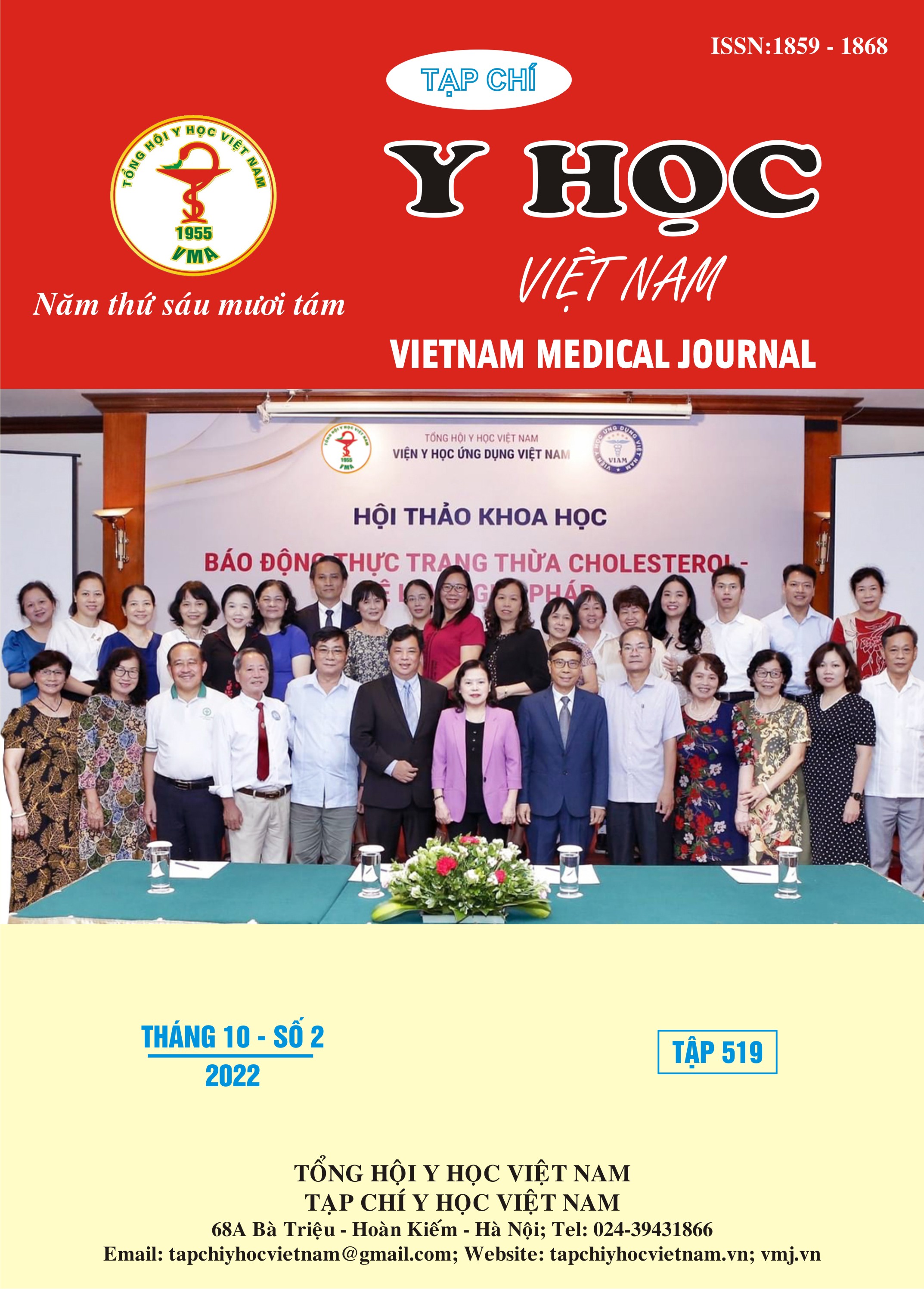CHARACTERIZATION OF FUCTIONAL OCCLUSAL PATTERNS DURING LATERAL EXCURSIONS FROM THE MAXIMAL INTERCUSPAL IN DENTAL STUDENTS IN HA NOI MEDICAL UNIVERSITY
Main Article Content
Abstract
Ojectives: The purpose of this study was to quantify the prevalence of various functional occlusal contact patterns, among dental students. Subjects and methods. Occlusal contacts were examined during lateral excursions from the maximal intercuspal position to the canine-to-canine position in 100 young adults. A combination of 3 common clinical methods was used: a visual examination, articulating paper, and feedback from the participants. Results. Data from 3 classification systems were analyzed: (1) Occlusal contacts on the working side only e canine protected articulation was present in 23,5% of laterotrusions; group function was present in 62% of laterotrusions. Other schemes were present in 14.5% of laterotrusions. (2) Contacts on both the working and the nonworking side. (3) Contacts on the working and nonworking side during both right and left laterotrusion. Nonworking side contacts were present in 27% of the participants. Nonworking side interference was present in 20% of the participants. Conclusions. The prevalence of nonworking side interference found in this study was high percent during lateral excursion
Article Details
References
2. Hochman N, Ehrlich J, Yaffe A. Tooth contact during dynamic lateral excursion in young adults. J Oral Rehabil. 1995;22(3):221-224. doi:10.1111/ j.1365-2842.1995.tb01567.x
3. Ogawa T, Ogimoto T, Koyano K. Pattern of occlusal contacts in lateral positions: canine protection and group function validity in classifying guidance patterns. J Prosthet Dent. 1998;80(1):67-74. doi:10.1016/s0022-3913(98)70093-9
4. Rinchuse DJ, Sassouni V. An evaluation of eccentric occlusal contacts in orthodontically treated subjects. Am J Orthod. 1982;82(3):251-256. doi:10.1016/0002-9416(82)90146-4
5. Rinchuse DJ, Sassouni V. An evaluation of functional occlusal interferences in orthodontically treated and untreated subjects. Angle Orthod. 1983;53(2):122-130. doi:10.1043/0003-3219(1983)053<0122:AEOFOI>2.0.CO;2
6. Tipton RT, Rinchuse DJ. The relationship between static occlusion and functional occlusion in a dental school population. Angle Orthod. 1991; 61(1):57-66. doi:10.1043/0003-3219 (1991) 061<0057:TRBSOA>2.0.CO;2
7. Wang YL, Cheng J, Chen YM, Yip KHK, Smales RJ, Yin XM. Patterns and forces of occlusal contacts during lateral excursions recorded by the T-Scan II system in young Chinese adults with normal occlusions. J Oral Rehabil. 2011; 38 (8):571-578. doi:10.1111/j.1365-2842.2010.02194.x
8. Marklund S, Wänman A. A century of controversy regarding the benefit or detriment of occlusal contacts on the mediotrusive side. J Oral Rehabil. 2000;27(7):553-562. doi:10.1046/j.1365-2842.2000.00629.x


